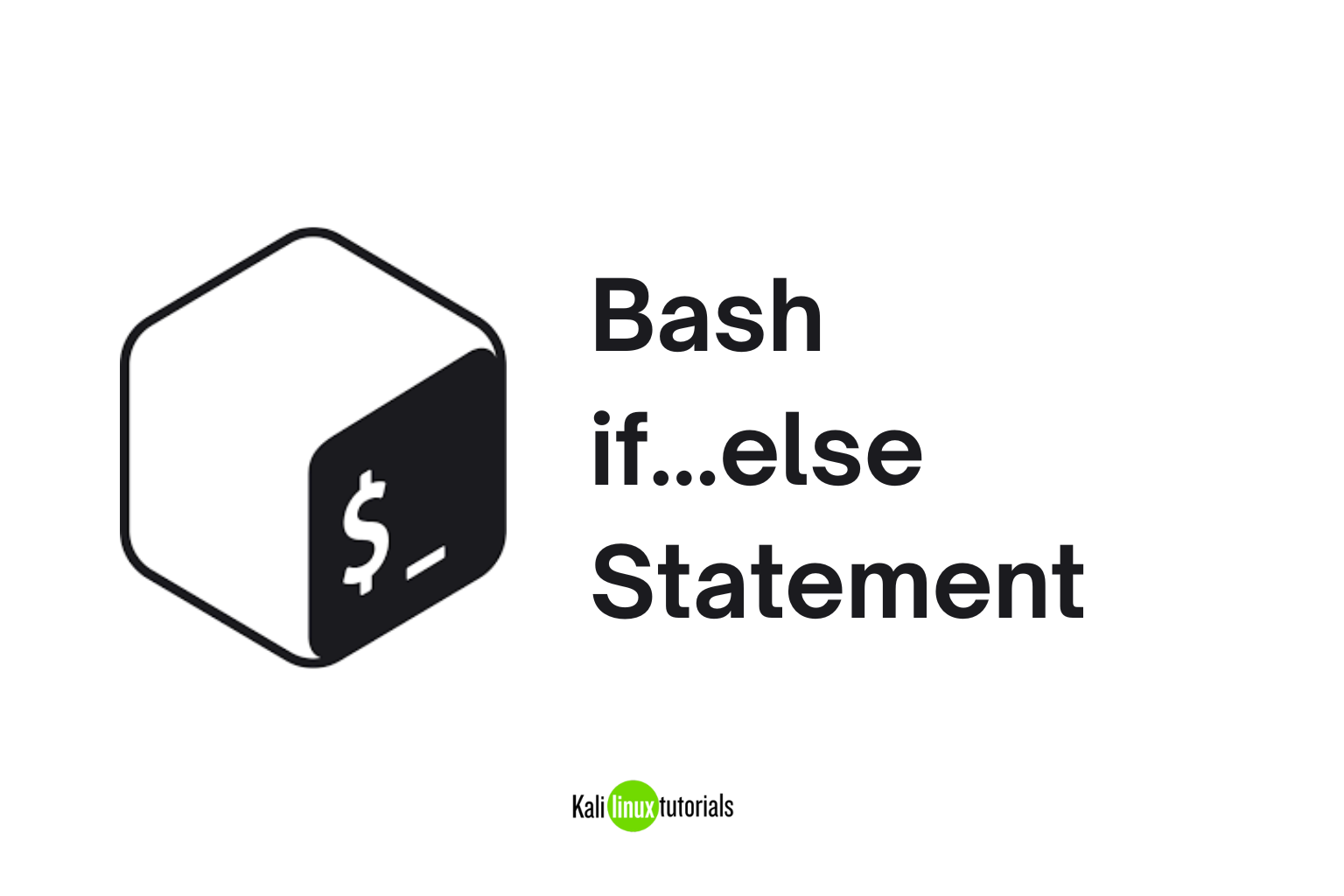When it comes to automating tasks on Linux, Bash scripting is an essential skill for both beginners and seasoned sysadmins. Among the most fundamental concepts is conditional decision making, which lets your scripts respond intelligently based on the data or situation at hand. In this comprehensive guide, you’ll discover how to use if statements, else conditions, and elif branches to enhance your Bash scripts for real-world automation scenarios.
What Are Bash Conditional Statements?
Bash conditional statements are logical checks that control your script’s execution flow.
They allow your program to decide what to do next based on given conditions.
Key types:
- if → Runs a block of code only if a condition is
true. - elif → Adds additional alternative conditions.
- else → Executes when none of the above conditions are
true.
Basic Bash If Statement Syntax
bashif [ CONDITION ]
then
# Actions when CONDITION is true
fi
💡 Tip: Use consistent indentation (2–4 spaces) for readability.
Example — Checking if a number is positive:
bash#!/bin/bash
read -p "Enter a number: " num
if [ "$num" -gt 0 ]; then
echo "The value is positive."
fi
Using If…Else for Dual-Path Logic
If you want to handle both the true and false possibilities, use the else statement.
Syntax:
bashif [ CONDITION ]
then
# Actions if condition is true
else
# Actions if condition is false
fi
Example — Age check:
bash#!/bin/bash
read -p "Enter your age: " age
if [ "$age" -ge 18 ]; then
echo "Access granted."
else
echo "Access denied. You must be 18 or older."
fi
Advanced: If…Elif…Else for Multiple Conditions
When your script requires more than two possible outcomes, use elif:
bashif [ CONDITION1 ]
then
# Executes if CONDITION1 is true
elif [ CONDITION2 ]
then
# Executes if CONDITION2 is true
else
# Executes if none are true
fi
Example — Grading logic:
bash#!/bin/bash
read -p "Enter a score (0-100): " score
if [ "$score" -ge 90 ]; then
echo "Grade: A"
elif [ "$score" -ge 75 ]; then
echo "Grade: B"
else
echo "Grade: C or lower"
fi
Nesting If Statements
You can check one condition inside another to build more complex decision-making.
bashif [ "$x" -gt "$y" ]; then
if [ "$x" -gt "$z" ]; then
echo "$x is largest"
else
echo "$z is largest"
fi
else
# Nested logic continues
fi
Combining Multiple Conditions
Use logical operators to connect conditions.
AND (&& or -a):
bashif [ "$a" -gt 0 ] && [ "$b" -gt 0 ]; then
echo "Both numbers are positive."
fi
OR (|| or -o):
bashif [ "$food" = "apple" ] || [ "$food" = "banana" ]; then
echo "Popular fruit."
fi
Common Bash Test Operators
| Category | Operator / Syntax | Description |
|---|---|---|
| String Operators | [ -n "$str" ] | True if string is not empty |
[ -z "$str" ] | True if string is empty | |
| Integer Operators | [ "$a" -eq "$b" ] | True if integers are equal |
[ "$a" -ne "$b" ] | True if integers are not equal | |
[ "$a" -gt "$b" ] | True if greater than | |
[ "$a" -lt "$b" ] | True if less than | |
[ "$a" -ge "$b" ] | True if greater or equal | |
[ "$a" -le "$b" ] | True if less or equal | |
| File Test Operators | [ -f filename ] | File exists and is a regular file |
[ -d directory ] | Directory exists | |
[ -e path ] | File or directory exists |
Pro Bash Tips for Writing Cleaner Scripts
- Always quote variables:
"$VAR" - Prefer
[[ ... ]]for conditional expressions in modern Bash - Add comments to describe your logic
- Use
read -pfor interactive prompts - Modularize logic with functions for complex scripts
👉 Learn how to write reusable functions here: Bash Functions Explained: Syntax, Examples, and Best Practices


















